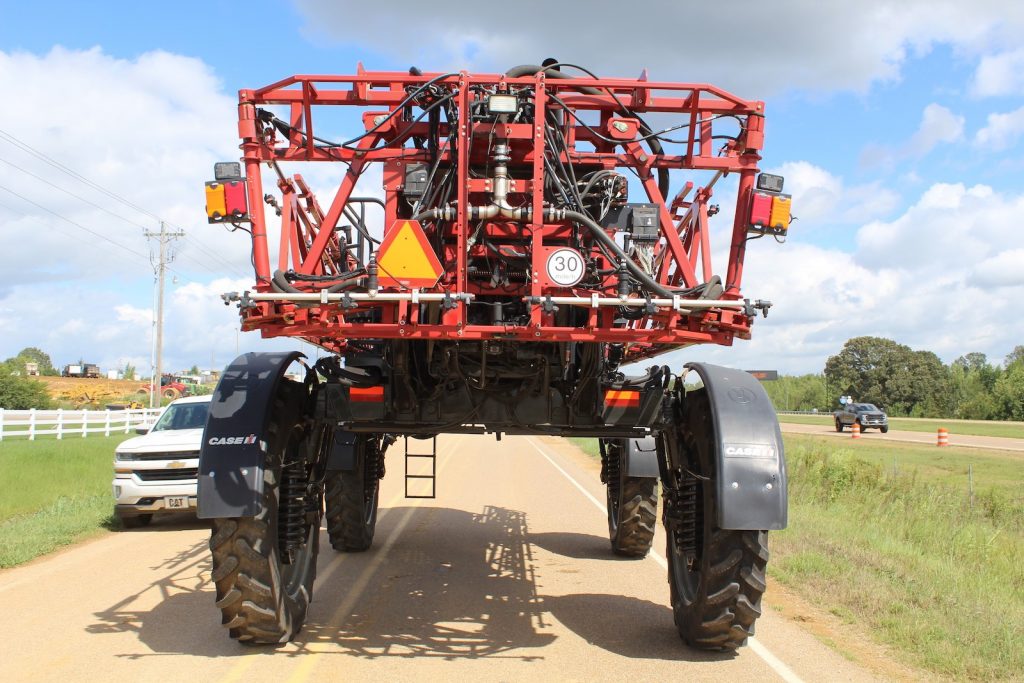
The American Soybean Association raised the alarm this week after the U.S. Environmental Protection Agency released its final registration for glufosinate-P, which imposes additional restrictions beyond what was outlined in the draft released May 2024.
The draft registration included mitigations designed to protect endangered species and their habitats, such as a 50-foot downwind buffer for aerial applications and conservation practices to minimize runoff. At that time, EPA concluded these measures would adequately safeguard listed species and their critical habitats.
The final registration, announced earlier this month, introduced significant new restrictions. These include a 10-foot buffer for ground applications, initially deemed unnecessary, and three additional measures to reduce runoff. EPA also established pesticide use limitation areas (PULAs) for two species: one for the Spring Creek bladderpod and another for the Whorled Sunflower, which now restricts glufosinate-P use entirely within its range.
In a media release from ASA, Director Alan Meadows, who farms soybeans in Tennessee, expressed concern over the unexpected severity of the restrictions, noting that this issue was not raised during the draft comment period. Meadows stated, “The additional limitations raise questions about EPA’s commitment to its Herbicide Strategy and suggest undue influence from external pressures.”
As the agricultural community navigates these changes, ASA advocates for a balanced approach that considers both environmental protection and the needs of farmers, emphasizing the importance of a science-based regulatory framework.
Why It Matters
ASA is concerned about the implications of these additional restrictions. The agency initially expressed confidence in its Herbicide Strategy to protect endangered species, yet the final registration includes requirements that exceed the original mitigations. This raises questions about the consistency and predictability of the regulatory process, potentially setting a troubling precedent for future herbicide registrations. As ASA and other agricultural groups discuss next steps, it is crucial to raise awareness about these developments and their impact on the farming community.

















